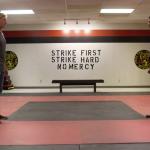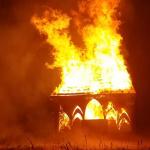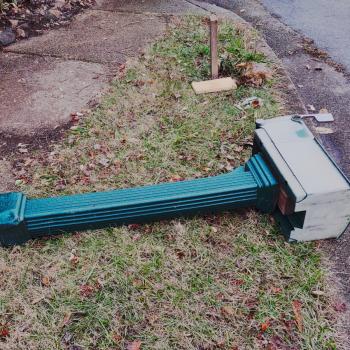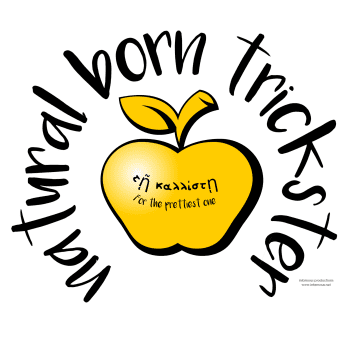I live in Catonsville, Maryland, a suburb on the southwest side of Baltimore. Catonsville has one claim to national fame: on May 17, 1968, nine anti-war activists raided the draft board office at the local Knights of Columbus hall, grabbed 378 draft records, and burned them with homemade napalm in the parking lot. They then quietly waited to be arrested; they refused bail, and fasted for eight days while imprisoned. It was one of nearly 300 raids that anti-draft activists carried out between 1968 and 1972.
Three of the Catonsville protesters were Catholic priests; two were brothers, one was a nun, and three were laypeople. The protesters were opposing not just the government of the United States, but the official hierarchy of their Church, or at least its US branch, which was strongly supportive of the war.
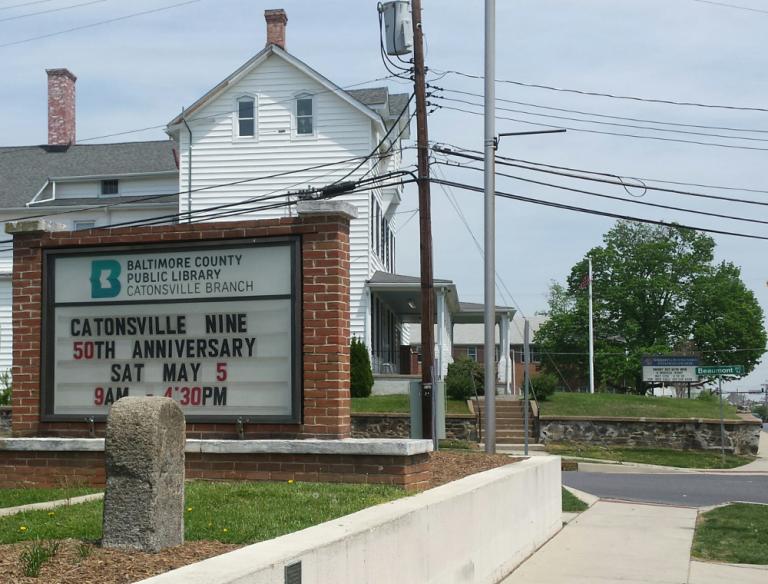
Father Daniel Berrigan, one of the protesters, wrote, “Our apologies, good friends, for the fracture of good order, the burning of paper instead of children, the angering of the orderlies in the front of the charnel house. We could not, so help us God, do otherwise….How many must die before our voices are heard, how many must be tortured, dislocated, starved, maddened… When, at what point, will you say no to this war?”
The Nine were prosecuted on federal charges of mutilation of Government records, destruction of Government property and interference with the administration of the Selective Service System. The trial made Baltimore a focus of the anti-war movement; on its first day, a crowd estimated between 1500 and 3000 people called on the government to “Free the Nine”.
Upon conviction, four of the Nine went underground rather than accept their prison sentences; Daniel Berrigan tweaked the nose of J. Edgar Hoover’s FBI by popping up, giving well-attended speeches, and disappearing again, eluding capture for months.
In 2008, a few years before his death, Berrigan looked back on his activism: “The good is to be done because it is good, not because it goes somewhere. I believe if it is done in that spirit it will go somewhere, but I don’t know where. … I have never been seriously interested in the outcome. I was interested in trying to do it humanely and carefully and nonviolently and let it go.”
In a time when sharing snarky memes on social media is seen as “#Resistance”, when social justice activism is sometimes an aggressive Dionysian frenzy, it’s worth pausing to remember what real resistance to evils being perpetrated by the state looks like.


